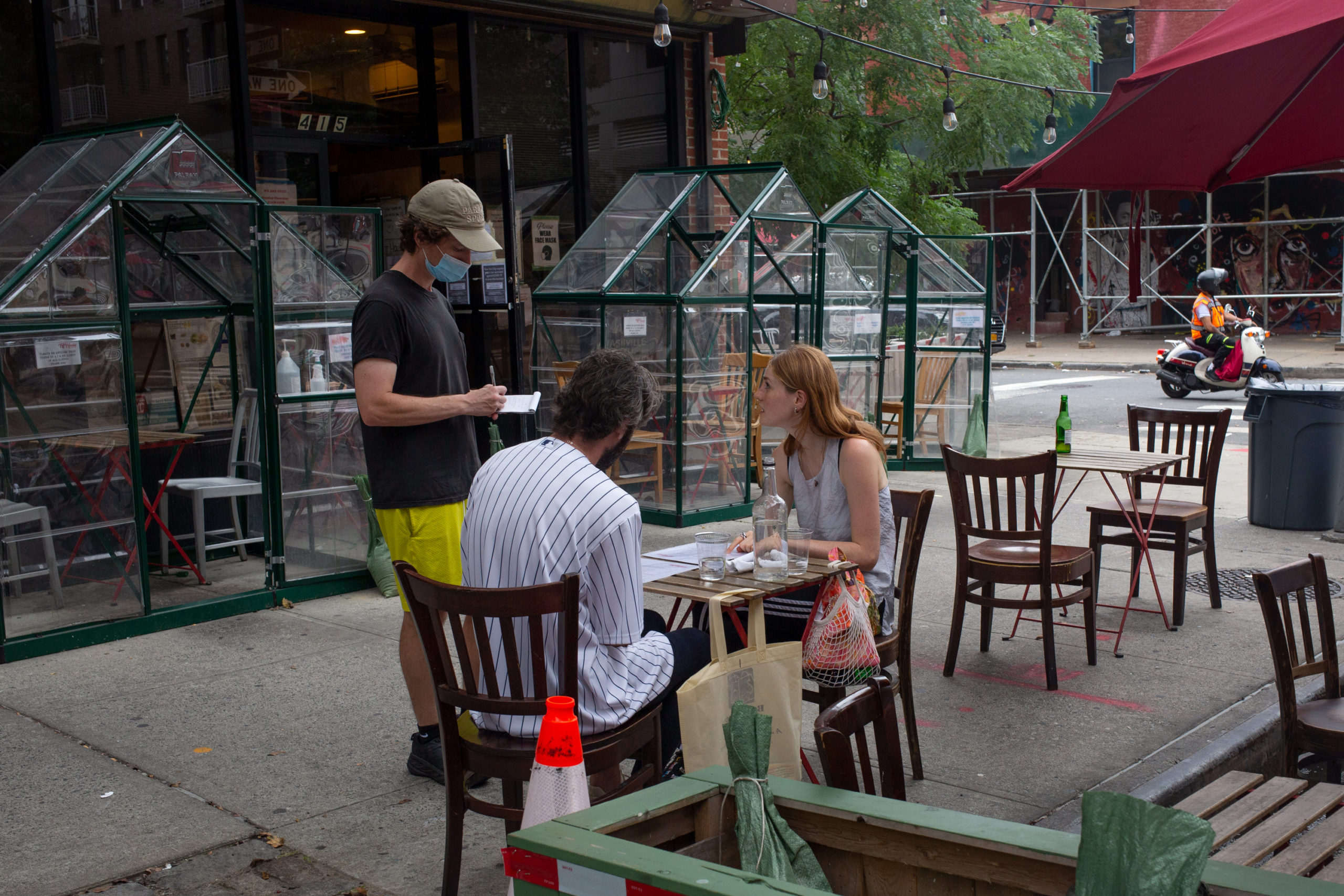New York City’s Jobs Picture Grows Cloudier as Fall Approaches

A waiter takes a couple’s order at Peaches HotHouse in Bedford-Stuyvesant.
Photos by Ben Fractenberg/THE CITY
 This article was originally published on by THE CITY.
This article was originally published on by THE CITY.
New York City’s recovery from the pandemic recession came to a screeching halt over the summer as private sector jobs declined and the city’s unemployment rate remained stuck at twice the national average.

Brooklyn Boro
View MoreNew York City’s most populous borough, Brooklyn, is home to nearly 2.6 million residents. If Brooklyn were an independent city it would be the fourth largest city in the United States. While Brooklyn has become the epitome of ‘cool and hip’ in recent years, for those that were born here, raised families here and improved communities over the years, Brooklyn has never been ‘uncool’.